Zhaoqing Peng
Learning to Infer User Hidden States for Online Sequential Advertising
Sep 03, 2020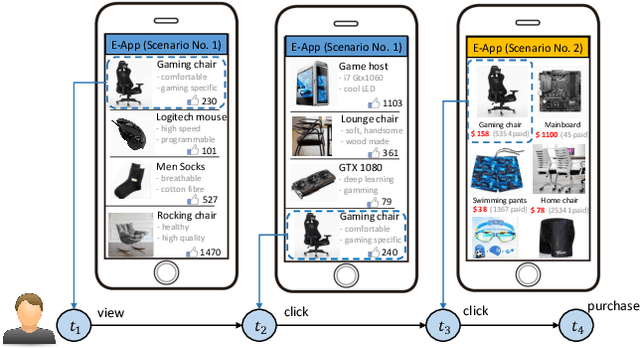
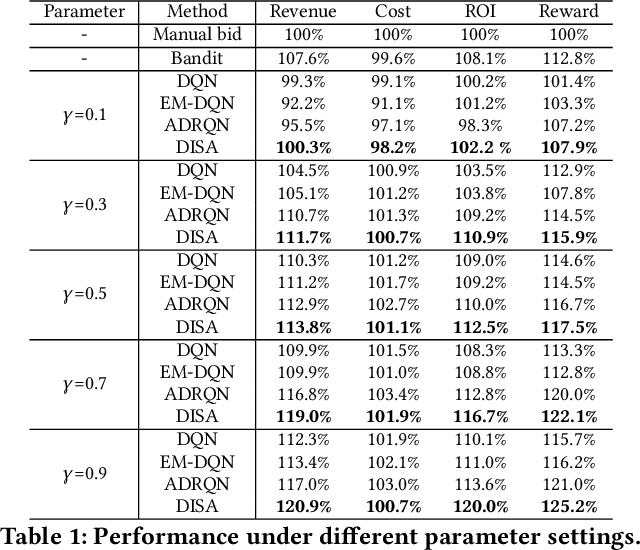
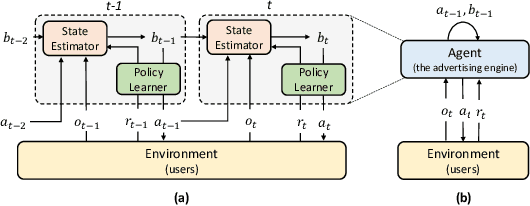

Abstract:To drive purchase in online advertising, it is of the advertiser's great interest to optimize the sequential advertising strategy whose performance and interpretability are both important. The lack of interpretability in existing deep reinforcement learning methods makes it not easy to understand, diagnose and further optimize the strategy. In this paper, we propose our Deep Intents Sequential Advertising (DISA) method to address these issues. The key part of interpretability is to understand a consumer's purchase intent which is, however, unobservable (called hidden states). In this paper, we model this intention as a latent variable and formulate the problem as a Partially Observable Markov Decision Process (POMDP) where the underlying intents are inferred based on the observable behaviors. Large-scale industrial offline and online experiments demonstrate our method's superior performance over several baselines. The inferred hidden states are analyzed, and the results prove the rationality of our inference.
Dynamic Knapsack Optimization Towards Efficient Multi-Channel Sequential Advertising
Jun 29, 2020
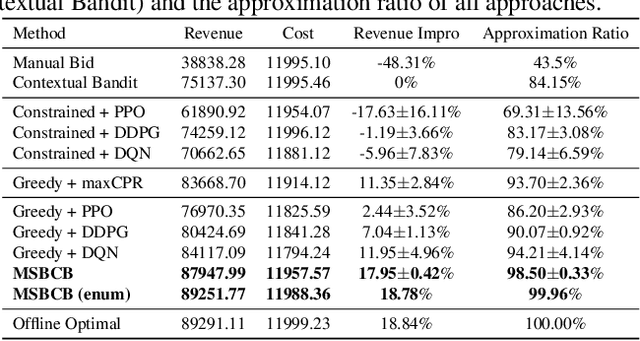
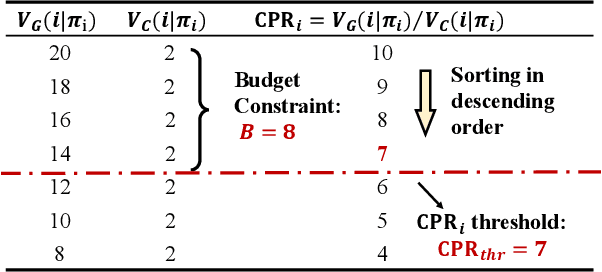

Abstract:In E-commerce, advertising is essential for merchants to reach their target users. The typical objective is to maximize the advertiser's cumulative revenue over a period of time under a budget constraint. In real applications, an advertisement (ad) usually needs to be exposed to the same user multiple times until the user finally contributes revenue (e.g., places an order). However, existing advertising systems mainly focus on the immediate revenue with single ad exposures, ignoring the contribution of each exposure to the final conversion, thus usually falls into suboptimal solutions. In this paper, we formulate the sequential advertising strategy optimization as a dynamic knapsack problem. We propose a theoretically guaranteed bilevel optimization framework, which significantly reduces the solution space of the original optimization space while ensuring the solution quality. To improve the exploration efficiency of reinforcement learning, we also devise an effective action space reduction approach. Extensive offline and online experiments show the superior performance of our approaches over state-of-the-art baselines in terms of cumulative revenue.
 Add to Chrome
Add to Chrome Add to Firefox
Add to Firefox Add to Edge
Add to Edge